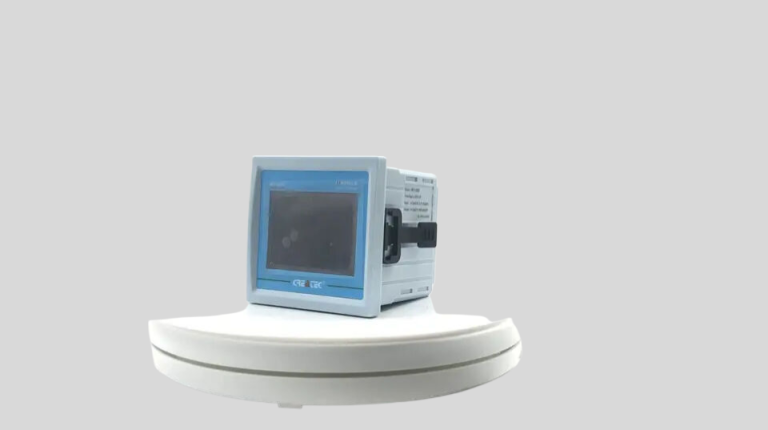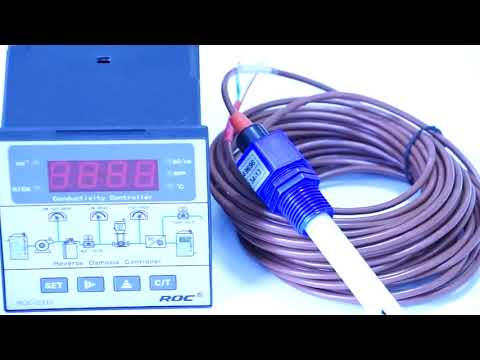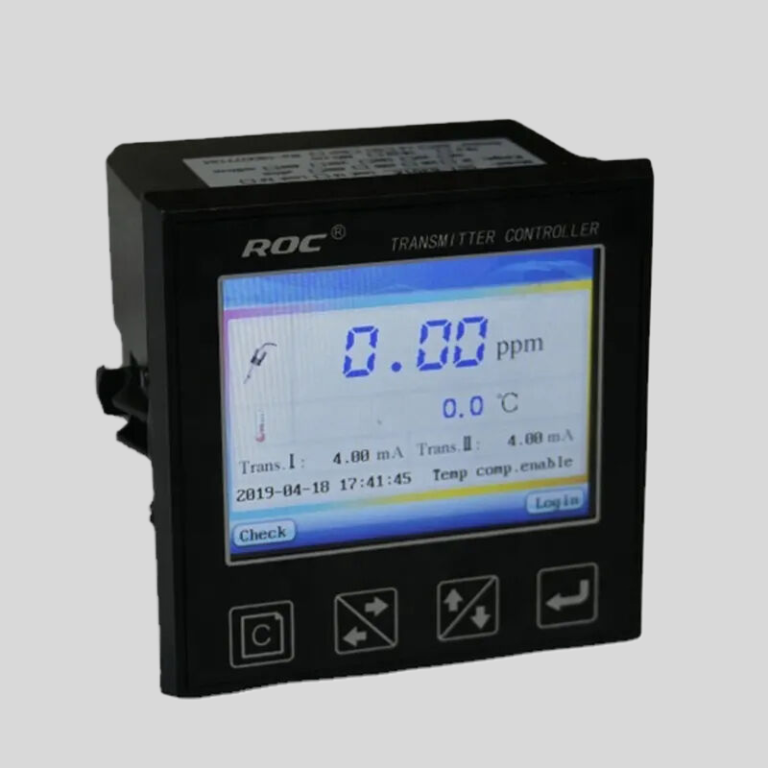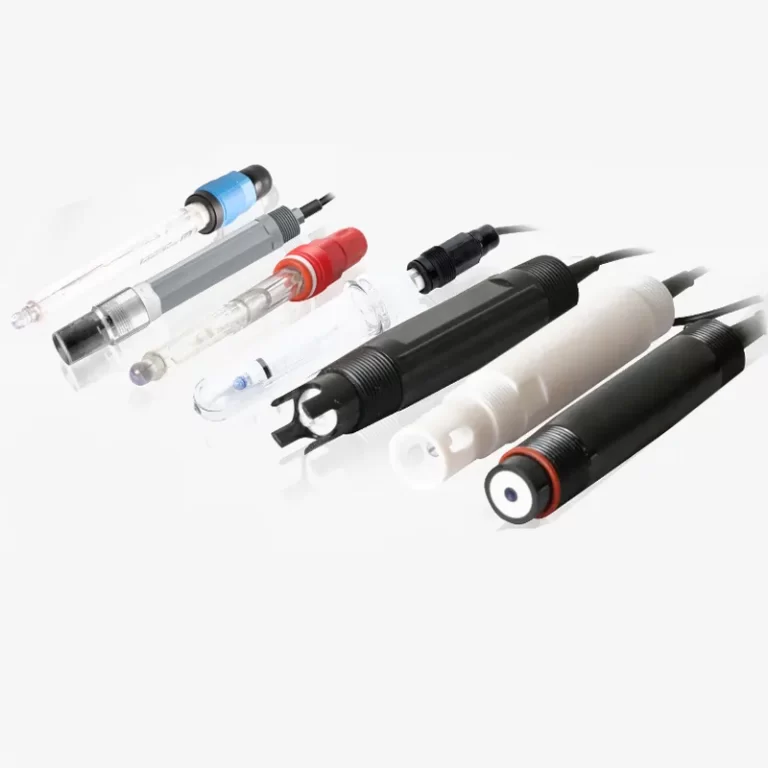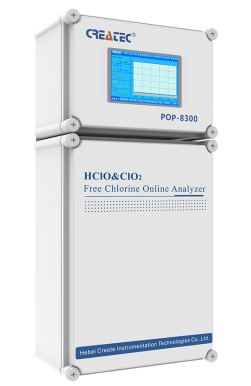The Importance of ph meter and pH analyzer in Water Quality Testing
Water quality testing is a crucial aspect of ensuring the safety and purity of our drinking water. One of the key parameters that is often measured in water quality testing is pH. pH is a measure of the acidity or alkalinity of a solution, with a pH of 7 being neutral, below 7 being acidic, and above 7 being alkaline. In order to accurately measure the pH of water, specialized instruments known as pH meters and pH analyzers are used.
| Model | pH/ORP-810 pH/orp meter |
| Range | 0-14 pH; -2000 – +2000mV |
| Accuracy | ±0.1pH; ±2mV |
| Temp. Comp. | Automatic temperature compensation |
| Oper. Temp. | Normal 0~50℃; High temp 0~100℃ |
| Sensor | pH double/triple sensor; ORP sensor |
| Display | LCD Screen |
| Communication | 4-20mA output/RS485 |
| Output | High/Low limit dual relay control |
| Power | AC 220V±10% 50/60Hz or AC 110V±10% 50/60Hz or DC24V/0.5A |
| Working Environment | Ambient temperature:0~50℃ |
| Relative humidity≤85% | |
| Dimensions | 96×96×100mm(H×W×L) |
| Hole Size | 92×92mm(H×W) |
| Installation Mode | Embedded |
pH meters are handheld devices that are used to measure the pH of a solution. They consist of a probe that is dipped into the water sample, which then sends a signal to a digital display that shows the pH reading. pH meters are widely used in water quality testing due to their ease of use and portability. They are especially useful for field testing, where quick and accurate measurements are needed.
Both pH meters and pH analyzers play a crucial role in water quality testing. By accurately measuring the pH of water, these instruments help to ensure that the water is safe for consumption and meets regulatory standards. pH is an important parameter to monitor in water quality testing because it can affect the solubility of minerals, the effectiveness of disinfection processes, and the overall health of aquatic ecosystems.
In addition to measuring pH, pH meters and pH analyzers can also be used to calibrate other instruments, such as conductivity meters and turbidity meters. By calibrating these instruments with a known pH standard, the accuracy of the measurements can be ensured. This is especially important in water quality testing, where precise measurements are crucial for detecting contaminants and ensuring compliance with regulations.
When using pH meters and pH analyzers, it is important to properly maintain and calibrate these instruments to ensure accurate and reliable measurements. Regular calibration with pH standards is essential to ensure that the instruments are providing accurate readings. In addition, proper storage and cleaning of the probes are important to prevent contamination and ensure the longevity of the instruments.
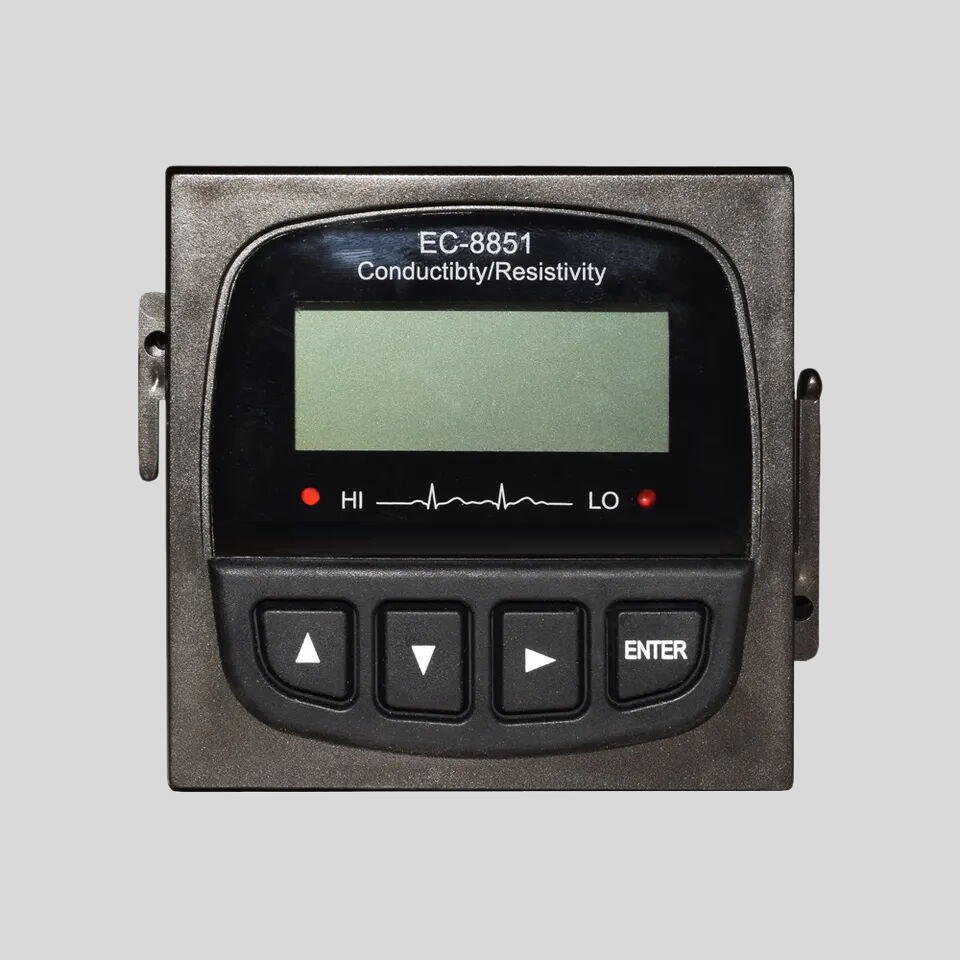
In conclusion, pH meters and pH analyzers are essential tools in water quality testing. By accurately measuring the pH of water, these instruments help to ensure the safety and purity of our drinking water. Whether used for field testing or continuous monitoring, pH meters and pH analyzers play a crucial role in maintaining water quality standards and protecting public health. Proper maintenance and calibration of these instruments are essential to ensure accurate and reliable measurements.

